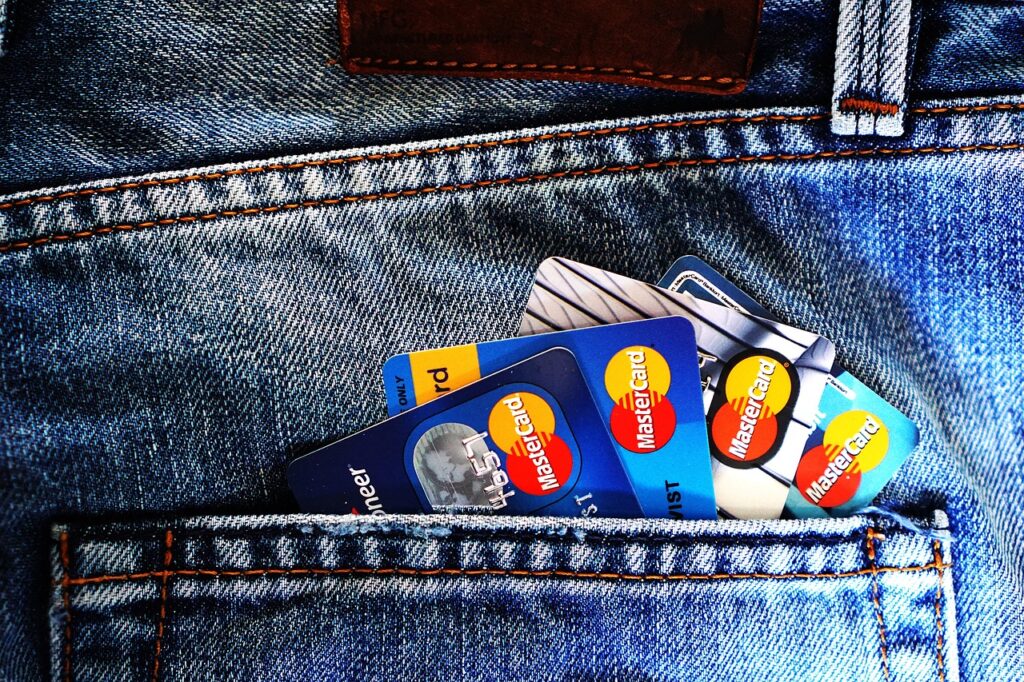Retailers are cutting staff expenses and streamlining operations to enable self-checkout stations to be a regular fixture in many stores. Are consumers and stores, however, selecting the best choice? Supermarket self-checkout issues expose that this technology could not be as useful or efficient as first seems.

Results of the Study: How Self-Checkout Affects Customer Loyalty
A recent study by scientists from the University of Alberta, however, demonstrates differently. A study published in the Journal of Retailing and Consumer Services suggests that self-checkout barriers at supermarkets may erode customer loyalty, especially for those who buy frequently.
Customers using a self-checkout station feel overwhelmed and are not supported during the experience, leading to a negative impact on the customer’s perception of the supermarket while this is happening.
Experiment Findings: Cognitive Load and Customer Satisfaction
In two experiments with more than 1,200 participants, researchers asked subjects to complete a simulated grocery shopping task through self-checkout compared to that done with cashier checkout.
The researchers then measured the customers’ satisfaction, loyalty, and perceived value of the supermarket as well as the cognitive load, or how much mental effort was involved to complete the task.
Results suggest that supermarkets incur self-checkout challenges when visitors experience higher cognitive load and express greater feelings of stress and lower satisfaction. This effect was far more pronounced in customers with bigger shopping loads, who had to scan, bag, and pay for more items.
The first finding is that having to cope with the increased cognitive load also reduced customers’ perceived value of the supermarket and their intention to return or even recommend the store to others.
Recommendations for Addressing Self-Checkout Challenges
The researchers proposed that self-checkout was not right for all customers or all situations and that supermarkets should provide a choice of both options to accommodate individuals having different tastes and requirements.
They also proposed offering more help and encouragement to self-checkout users and a higher level of human element to the shopping experience, including a greeting, thank you, and farewell.
Expert Opinions: Why Self-Checkout May Be Frustrating
Some of the study’s findings echo what some industry experts and consumers have been saying. For example, in a 2018 article for Business Insider, Kate Taylor said that self-checkout is “terrible” and “needs to die.”
Additionally, she pointed out possibilities of many reasons as to why the self-checkout in supermarkets is frustrating and inefficient, including many errors, lack of privacy, security issues, and the loss of jobs.
Financial Impact: Does Self-Checkout Save Money?
According to Taylor, self–checkout does not necessarily save either the retailers or the customers time or money. IHL Group, a retail consulting firm, reported in 2015 that self-checkout facts lead to 122% growth in shrinkage — or inventory loss due to theft or error.
According to the report, self-checkout cost retailers $14 billion in 2015 but getting rid of the machines would save retailers $2.8 billion and create 250,000 new jobs.
Weighing the Pros and Cons of Self-Checkout
The bottom line here: Self-checkout in supermarkets isn’t a one-size-fits-all solution for retailers and shoppers.
They have advantages and disadvantages under different customer preferences, customer needs, costumer’s expectations, retailers goals, retailers strategies, and retailers resources.
These factors should be carefully reviewed, and supermarkets should determine how to optimize their approach to gain maximum benefits and minimum drawbacks.
Related posts:



